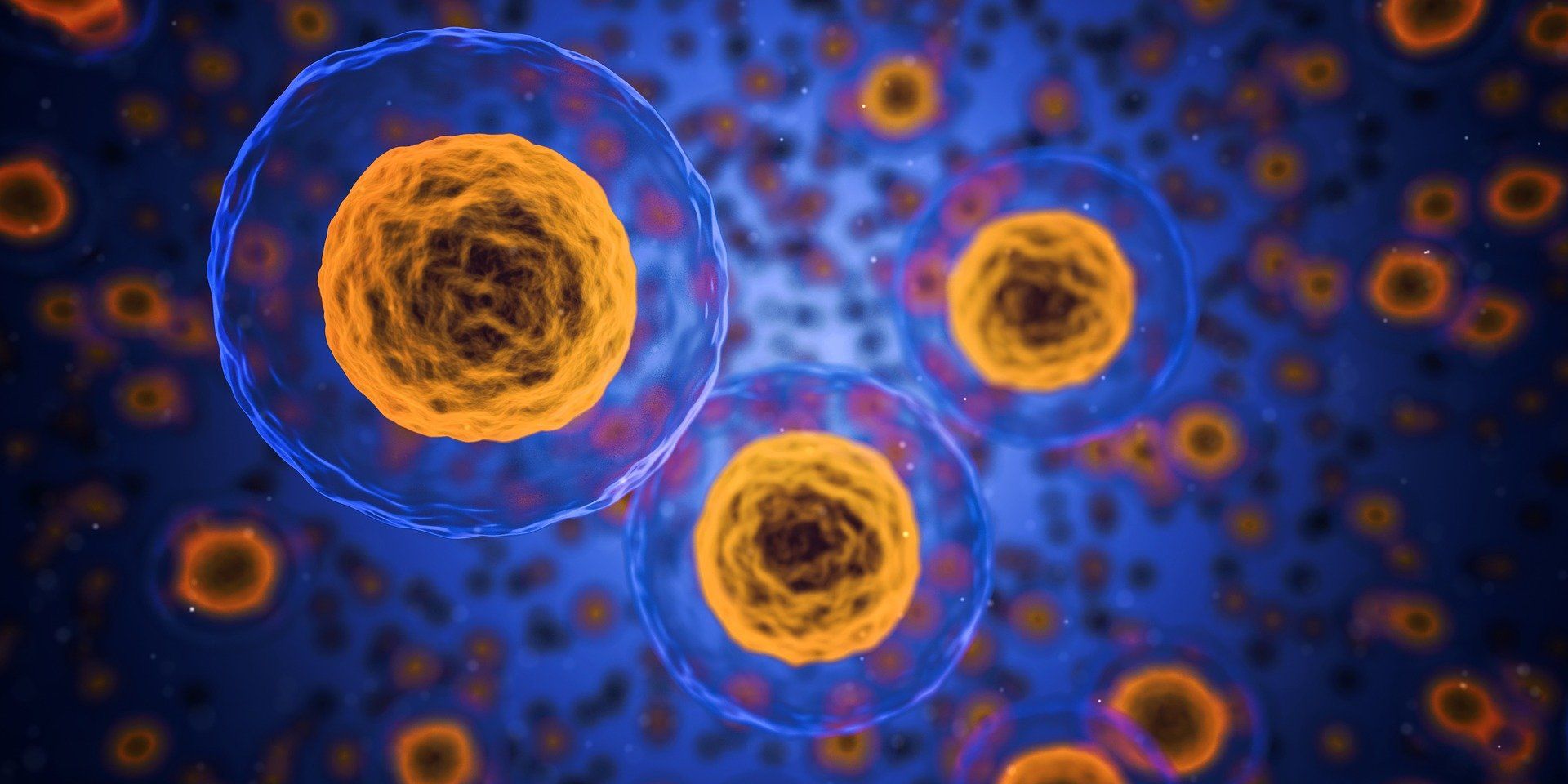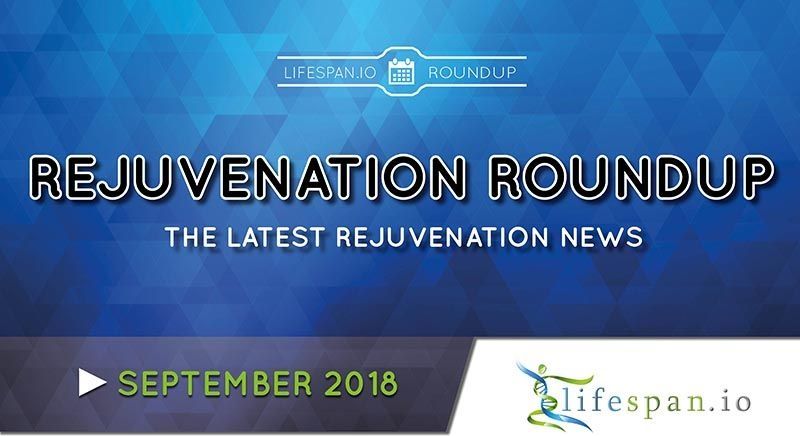Sometimes, people say that around 80 years of life will be enough for them, but have they thought it through?
When asked how long they want to live, people often say no more than ten years above their country’s average lifespan. This, mind you, is in a world where aging is still inevitable; people know they won’t be in top shape during those ten extra years, and yet, perhaps hoping they might be an exception to that rule, they still wish they could get that little extra time. Even when told that they will live these extra years in complete health, the most common choice is the current maximum recorded human lifespan, which is roughly 120 years.
If we assume that no rejuvenation therapies are available to extend the time you spend in youthful health, then it is somewhat understandable if you don’t feel up for a very long life, because the odds are that its final decades will be increasingly miserable ; however, if rejuvenation therapies were available, and you could be fully healthy for an indefinite time, why stop at 120 years? Life extension advocates have probably all had their fair share of conversations with people who insist that 80-odd years will be more than enough for them, health or no health—worse still, some don’t care about preserving their health precisely because they think that 80 years is a sufficiently long time to live.
How long one wants to live is only his or her business; just like no one should have the right to force other people to live no longer than the current maximum (an imposition that would indirectly result from a hypothetical ban on life extension therapies), no one should have the right to force anyone else to live longer than 80 years, if that’s what he or she wishes for whatever reason. Indeed, it’s not the right to die when you see fit that’s at issue here; the question is whether people who claim that 80 years are enough have seriously thought the matter through before making their minds up or are simply parroting what others typically say out of social pressure.





